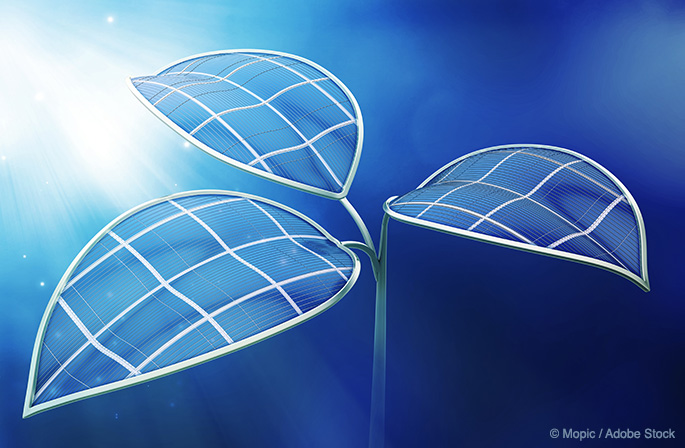
We all know how photosynthesis works. Chances are when you were in science class you had to build a model or draw a diagram laying it all out. Plants suck in sunlight, and carbon dioxide, and use these basic ingredients to make food for themselves. They exhale oxygen, and that helps ensure there’s breathable air for all of us.
While planting more gardens and trees is a good way to help deal with greenhouse gases in our world, what if there was another way to start cleaning excess CO2 from the air? And what if, by doing so, we could create a whole new kind of solar energy?
Well, according to Eureka Alert, that’s something scientists have managed to accomplish.
Turning Trash Into Fuel
What scientists at the University of Central Florida have managed to do, according to reports, is to find an artificial material that will respond to sunlight and carbon dioxide. When those two elements enter the metal-organic framework or MOF, the carbon dioxide is broken down into harmless organic molecules, and the resulting energy can then be used to create electricity.
The problem with previous attempts at artificial photosynthesis is that most materials don’t react to visible light, and those that do are prohibitively expensive. By creating a unique combination of titanium and synthetic material, though, scientists may have found a way to harvest energy while simultaneously cleaning the air. Given that we have no shortage of CO2, this technology could be a serious step forward in balancing our emissions. Especially if it works, and is adopted, on a large-scale.




































































































































 Three Ways to Engage Teams and Clients to Maximize Your Recycling Program Engagement
Three Ways to Engage Teams and Clients to Maximize Your Recycling Program Engagement  How to Integrate Accessibility Into Your Sustainability Planning
How to Integrate Accessibility Into Your Sustainability Planning  Why Park Benches Can Promote Workplace Well-Being
Why Park Benches Can Promote Workplace Well-Being 
